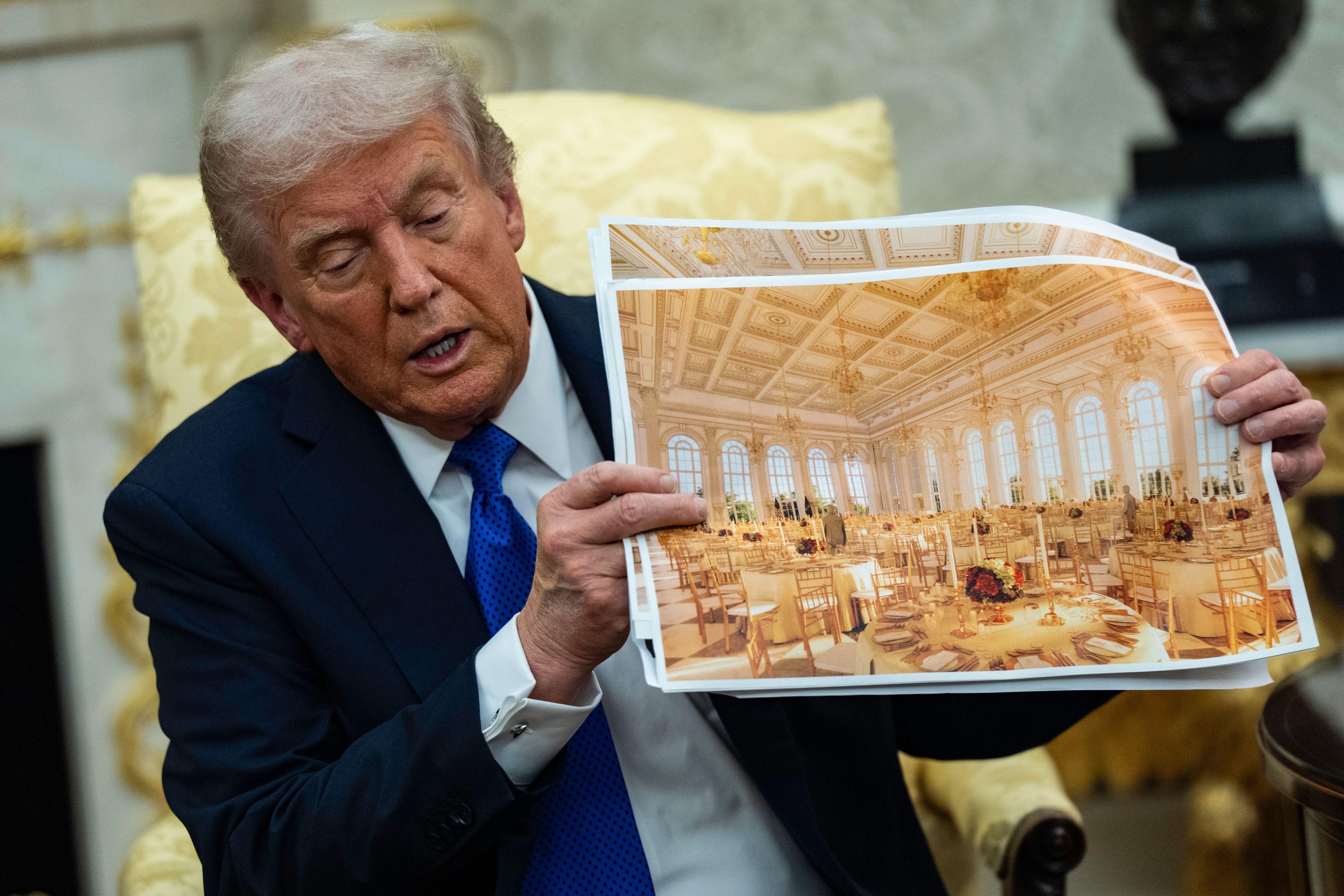President Donald Trump's unveiling of the White House ballroom's 3D model has exposed serious design inconsistencies that are raising questions about the rushed $300 million project. The table-sized model shows dead-end staircases, colliding windows, and structural elements that don't match official blueprints - errors that experts say stem from hasty execution rather than AI involvement.
When President Donald Trump pulled back the curtain on his ambitious White House ballroom project this week, something immediately felt wrong. The tabletop 3D model, representing what will become a $300 million addition to the presidential residence, was riddled with obvious flaws that would make any architecture student cringe.
The model shows staircases that lead directly into walls, windows that crash into each other at building corners, and structural elements that flat-out contradict the official blueprints Trump himself presented. According to The New York Times, the model displays 11 arched windows on the west side while official renderings show only nine. Two extra columns appear on the south side, and the staircase configuration completely mismatches the blueprint's single straight design.
At 90,000 square feet, this ballroom will dwarf the 55,000 square foot main White House residence, making it nearly twice the size of the building that's housed presidents for over two centuries. The scale alone makes the sloppy execution more jarring - this isn't some rushed renovation but a project that will fundamentally reshape America's most famous address.
"I don't think it can be offloaded to the nature of the prints, or using AI in design," Paul Preissner, an architect and professor at the University of Illinois Chicago School of Architecture, told The Verge. "There's just no quality control because they don't seem to care."
The timing explains much of the chaos. This week, Trump fired everyone on the US Commission of Fine Arts, the federal agency that typically reviews major government building modifications. The ballroom construction is proceeding at breakneck speed without the oversight process that usually governs White House changes.
McCrery Architects, the firm tasked with this historic project, appears to be working under impossible deadlines. Preissner suspects the 3D model was created using a powder-based printer common in architectural prototyping, which could explain its grainy appearance but not the fundamental design contradictions.
"I would guess the timeline that McCrery Architects is being asked to do is just super hurried, and so they're just throwing stuff out," Preissner explained. "If you don't take the time, you end up with those two windows that blur together."












